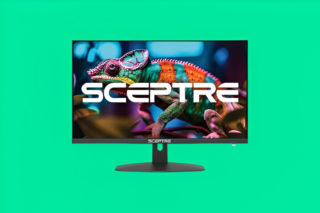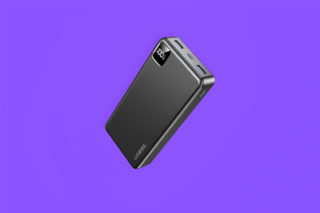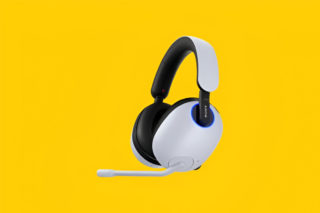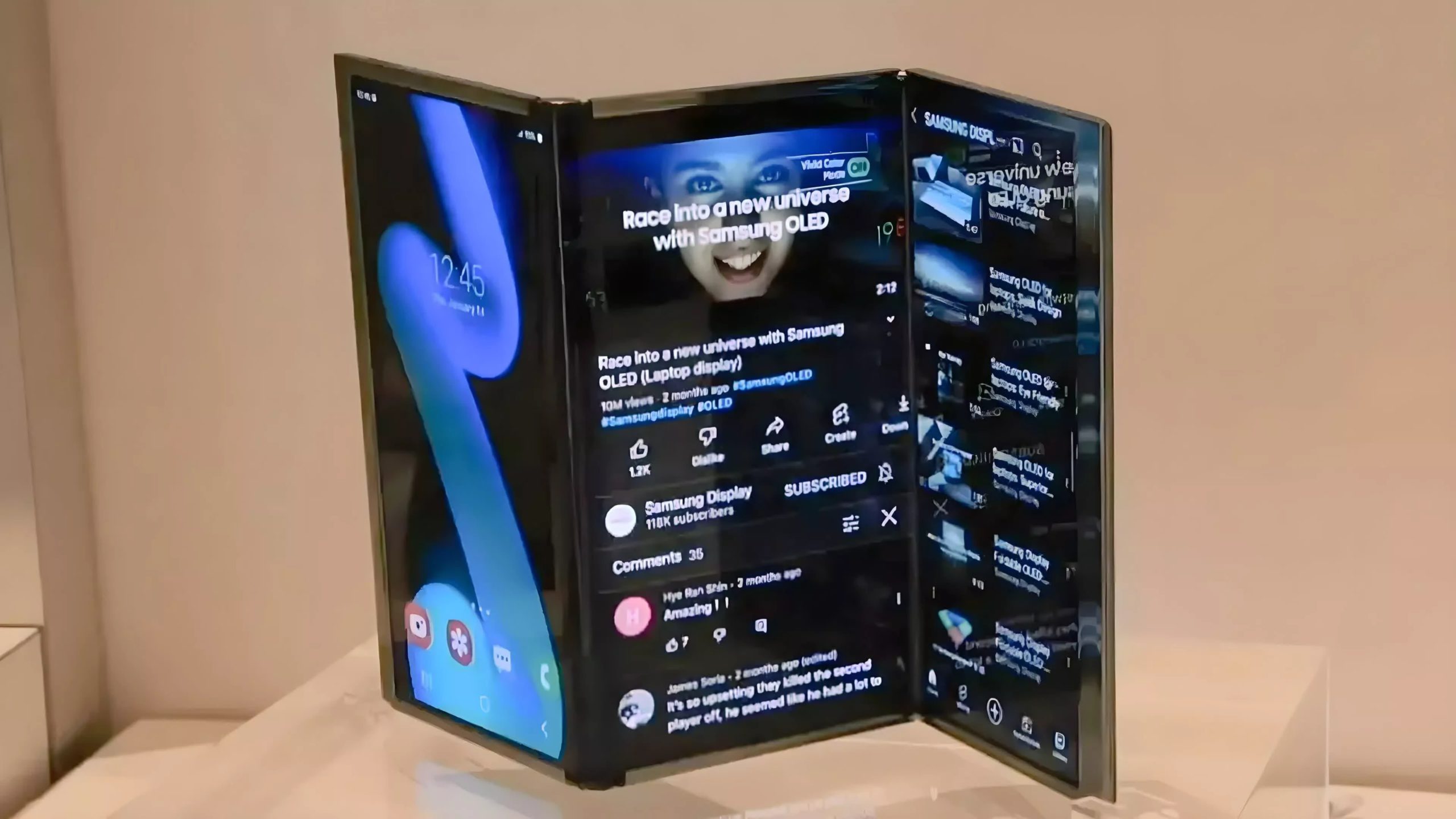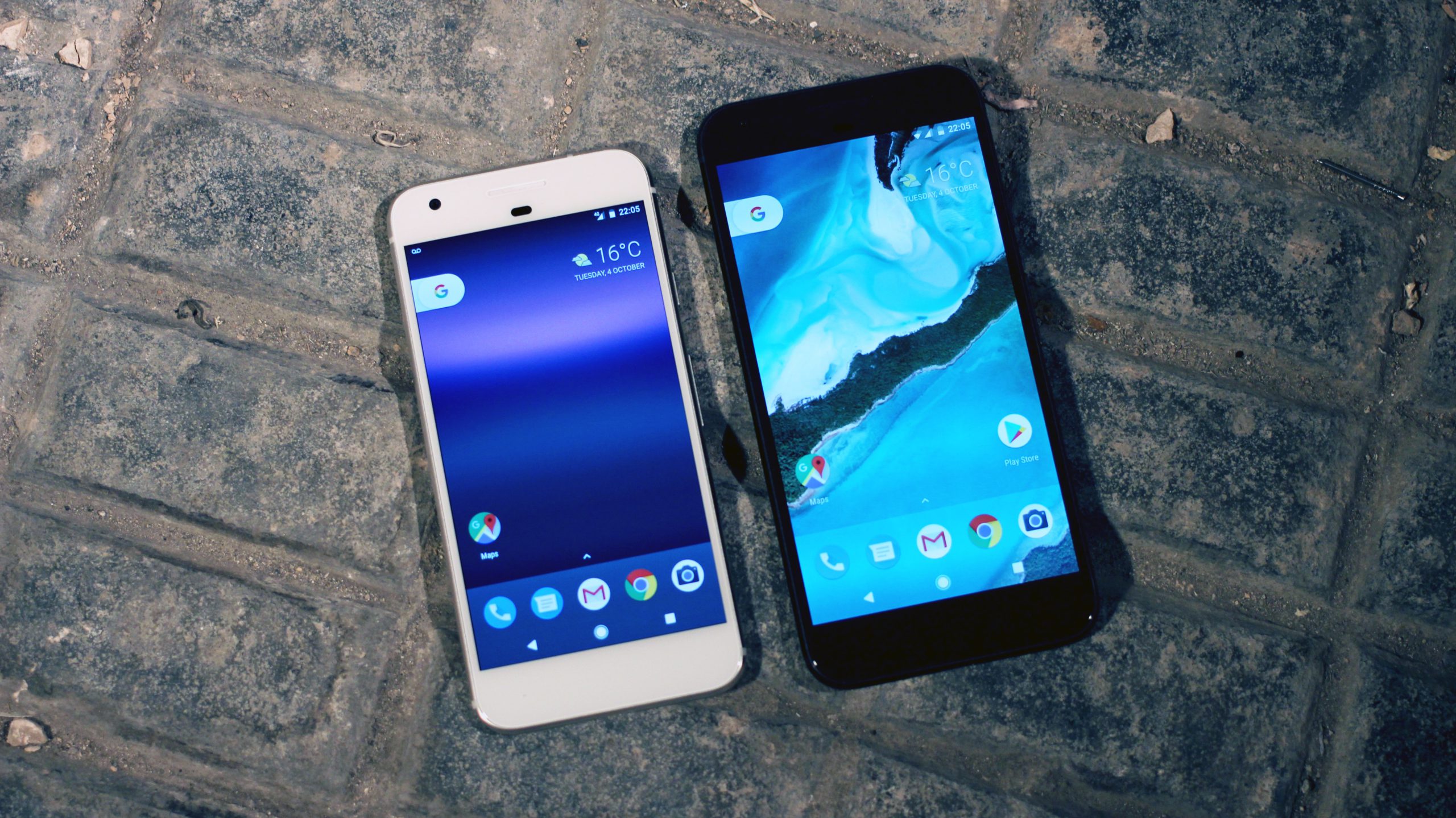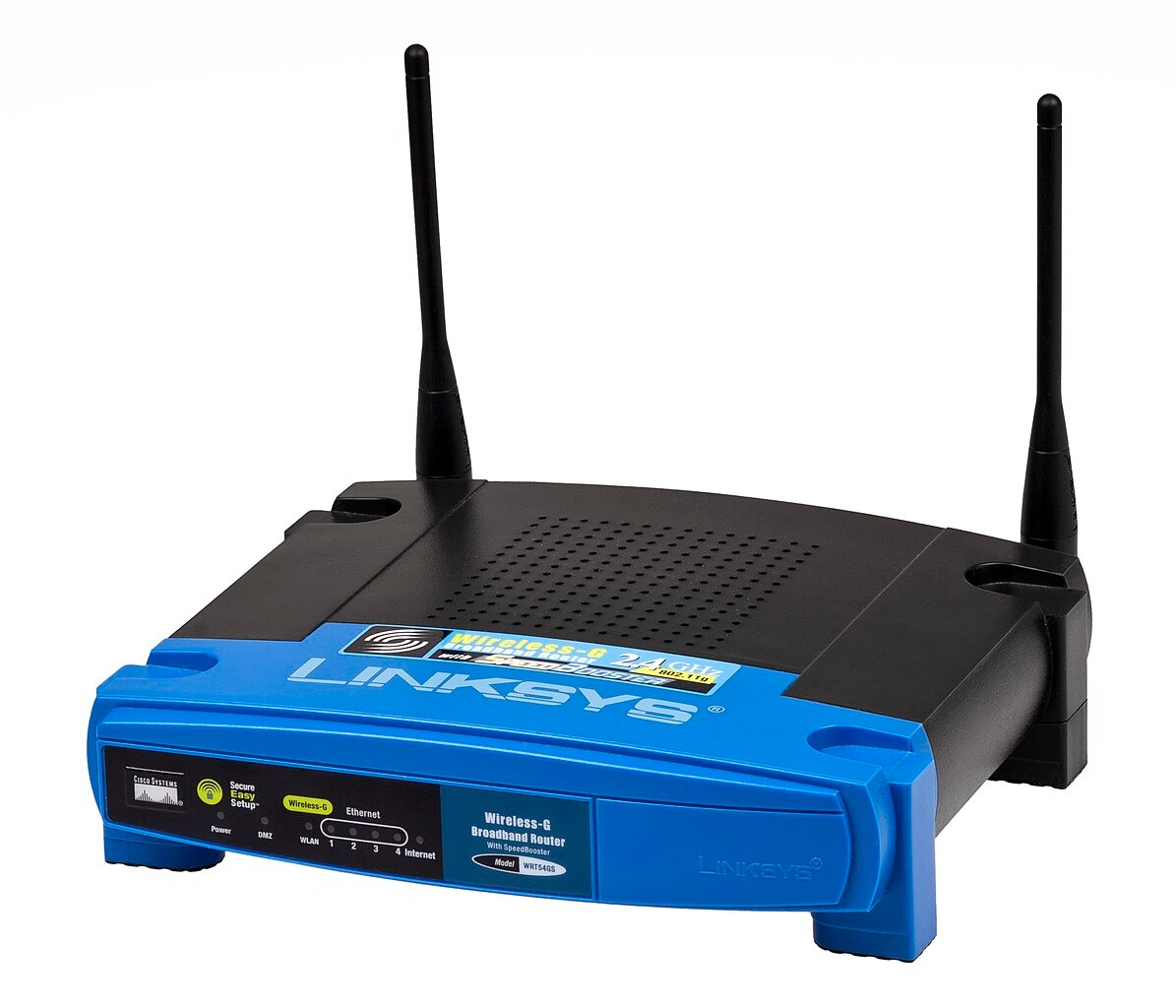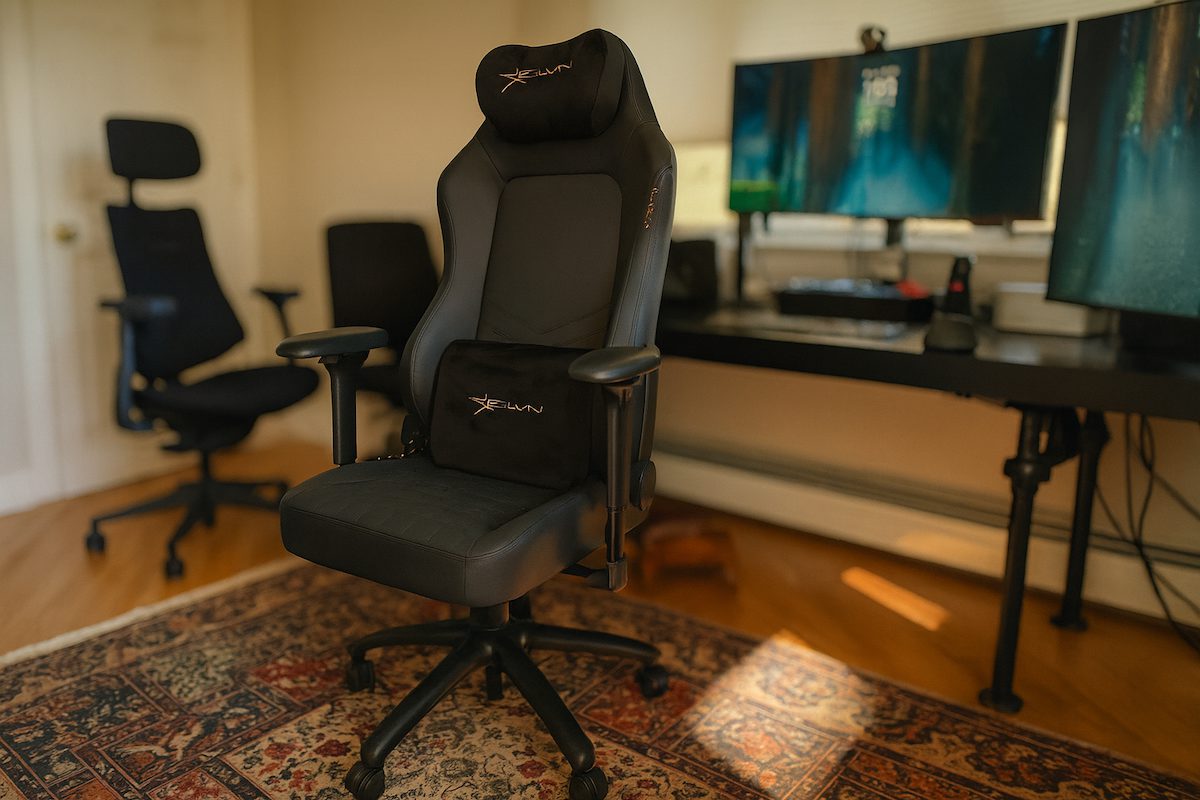Ever been so lazy you wished you could just think your texts into existence? Well, for people with severe motor impairments, that fantasy is about to become reality. Apple has officially announced a groundbreaking collaboration with neurotechnology startup Synchron to bring mind-control capabilities to iPhones, iPads, and even the Vision Pro. Let that sink in — controlling your devices with nothing but your thoughts. But as these innovations accelerate, so does the urgency around regulating the neural data they rely on.
This isn’t some far-future sci-fi concept. Apple plans to roll out its Brain-Computer Interface (BCI) Human Interface Device protocol later this year, focusing initially on accessibility rather than turning us all into tech telepaths. The system recognizes neural interfaces as a native input category alongside touch, voice, and traditional switches — essentially treating your brain signals as just another way to tap an icon.
If you’re picturing Elon Musk’s Neuralink with its thousand-plus electrodes drilled directly into brain tissue, think again. Synchron’s approach is refreshingly less nightmare-inducing. Their Stentrode implant — a device roughly the size of a paper clip — is inserted through the jugular vein and positioned above the motor cortex. No open brain surgery required. The 16-electrode array captures neural activity and transmits commands to your Apple devices, giving new meaning to the phrase “mind over matter.”
For people with ALS, spinal cord injuries, or stroke-related paralysis, this technology represents more than convenience — it’s freedom. Mark Jackson, an early tester from Pennsylvania living with ALS, can already navigate his Apple ecosystem through thought alone. The process may be slower than tapping and swiping, but when you physically can’t do either, the ability to text your family or browse photos independently becomes revolutionary.
The technology creates a closed-loop system that goes beyond simple commands. Your iPhone can share contextual information like screen layout back to the BCI, optimizing accuracy and creating a bidirectional relationship between your brain and device. It’s like that scene in “The Matrix” where Neo downloads kung fu directly into his brain, except instead of martial arts, it’s your iPhone downloading its interface to help your brain navigate more efficiently. The digital and neural worlds are finally speaking the same language.
Apple isn’t just building cool tech; they’re establishing standards. By developing the first public protocol for BCI integration, they’re creating the foundation for an entire ecosystem of neural interfaces. The move parallels their earlier work with Bluetooth hearing aids, which transformed accessibility for millions. When Apple standardizes something, the industry follows.
Of course, the elephant in the room is privacy. When your thoughts become digital commands, who owns that neural data? Apple claims strong privacy protections will be baked into the system from day one, but we’re entering uncharted territory where your literal thoughts become trackable digital events. The benefits for accessibility are clear, but the broader implications deserve serious consideration as this technology evolves.
Compared to competitors like Neuralink, Synchron’s approach prioritizes accessibility and practicality over raw processing power. While Neuralink packs over 1,000 electrodes directly into brain tissue, Synchron’s 16 electrodes might seem modest. But their minimally invasive approach has already allowed 10 patients to test the system since 2019 under FDA approval, while more invasive alternatives continue facing regulatory hurdles.
The market implications are massive. With BCI technology projected to reach a $400 billion market, Apple’s early standardization positions it at the forefront of the next computing frontier. Dr. Thomas Oxley, Synchron’s CEO, didn’t mince words: “What we’re doing differently is using the blood vessels as the natural highway into the brain and lacing the inside of the blood vessels with electrodes, or sensors, that can record activity from the brain.”
While current applications focus on accessibility, the future implications stretch far beyond. As the technology matures, the line between assistive technology and enhancement will blur. What begins as a way to help people with disabilities could eventually transform how all of us interact with our devices.
Apple expects to release its first public standard for developers later this year, with controlled rollouts to follow. For millions living with motor impairments, the wait can’t end soon enough. When your body fails you, the ability to navigate a digital world with just your thoughts isn’t just convenient — it’s liberation.
Here’s a wild thought: how soon until you’re scrolling TikTok with a casual brain flick while your hands stay busy with lunch? Or maybe sending texts during meetings without the telltale phone glow giving you away? The accessibility applications are revolutionary today, but tomorrow’s uses might make touchscreens feel as outdated as rotary phones. What would you do first if your thoughts could control your tech?





